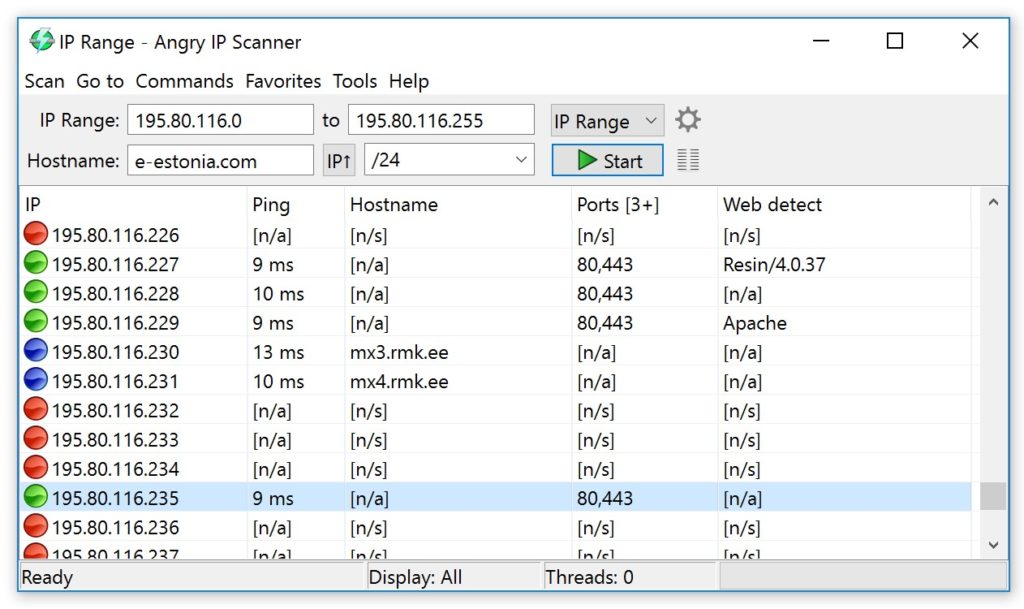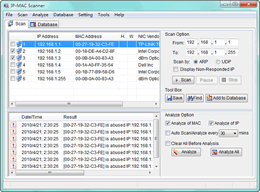

Wi-Fi is merely a means of accessing the internet, not the internet itself-a crucial distinction when it comes to evaluating network health. Because Wi-Fi allows devices to communicate with one another and to connect to the web, people frequently conflate it with the internet, but they aren’t the same. Wi-Fi also enables network devices to access the internet, which is itself a decentralized and massive network connecting millions of computers worldwide. Rather, it’s a system of radio waves to connect devices in a network without the use of wiring cables. Wi-Fi isn’t synonymous with the internet, although many Wi-Fi users think of it that way.

For this reason, IT administrators must look for the root cause of networking problems so they can identify the best solution, whether it means changing the Wi-Fi router settings or contacting the internet service provider (ISP). Many factors affect how well your Wi-Fi works, and not all of them are entirely within the purview of Wi-Fi networks themselves. Secure connections (protected from unauthorized devices or operators).Capacity to accommodate all network devices.Quick connection speeds between network devices and to the internet.While all IT professionals see the value of maximizing network uptime, fewer know where to start when it comes to maintaining steady levels of high performance specifically on the Wi-Fi end. What Does High-Performing Wi-Fi Look Like? In this way, it’s key to preempting poor network performance and restoring Wi-Fi when failures happen. Usually, analysis-based optimization entails gauging, and then improving, transmission speed, signal strength, and reliability.
#BEST MAC NETWORK SCANNER SOFTWARE#
Wi-Fi analyzer software executes this analysis by tracking and reporting key performance metrics, enabling IT departments to monitor network health, identify problems before they develop, furnish solutions, and decrease MTTR (mean time to repair) issues. Wi-Fi analysis is the process of collecting, synthesizing, presenting, and evaluating data from the wireless network to optimize its function. Consequently, Wi-Fi tools are necessary for the sake of assessing and maximizing Wi-Fi performance, helping drive organizational productivity and profitability. Given today’s wireless capabilities, your network-be it small and simple or large and complex-likely relies on Wi-Fi to keep devices connected to one another and to internet services.

Early networks consisted of devices connected on a single switch sharing a broadcast area. There’s no denying it-networking has simultaneously become both more complex and more critical to business operations and everyday functioning. As network downtime becomes increasingly expensive, IT departments must prioritize Wi-Fi analysis and invest in the best Wi-Fi analyzer to gauge performance, strengthen security, and prevent failures.


 0 kommentar(er)
0 kommentar(er)
